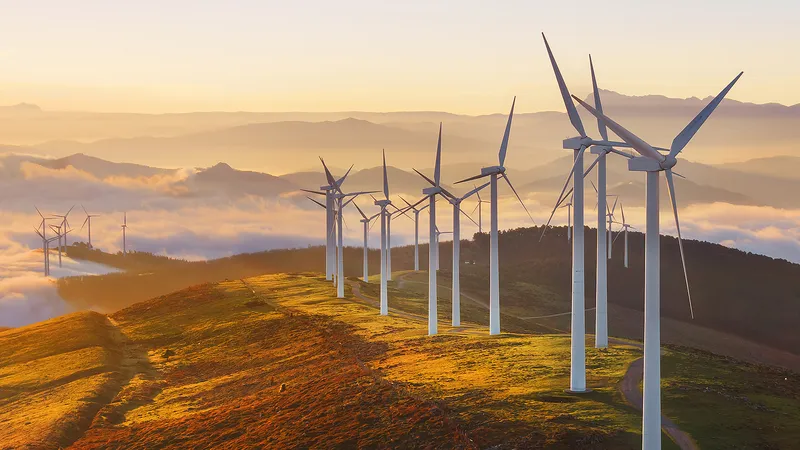By Margo-Ann Werner, Legal Director: Environmental and Energy at Pinsent Masons
South Africa is witnessing a surge in renewable energy projects. This shift towards greener energy sources is commendable, yet it brings its own set of legal complexities. A significant obstacle is Section 53 of the Mineral and Petroleum Resources Development Act (MPRDA). This legislation requires Ministerial Consent for any land use that might impact the country’s mineral and petroleum resources. While initially intended as a safeguard, Section 53 is increasingly posing challenges for renewable energy developers. This is especially true given the frequent overlap of these projects with existing mineral rights.
The core issue lies in the conflict between renewable energy ambitions and the rights of mineral and petroleum rights holders. Developers must seek Section 53 approval in so far as their development is contrary to the objects of the MPRDA, including impacts on the ability to beneficiate mineral and petroleum resources. However, the process is far from straightforward. A lack of clarity often surrounds whether such approval is even necessary, creating confusion and potential legal pitfalls.
For example, a renewable energy developer might move forward with a project under the assumption that all permits are in order. However, years later, they may discover that the land is subject to mineral rights that were not identified during the permitting process. This situation exposes the project to legal challenges from mineral or petroleum rights holders, potentially halting operations or imposing significant costs on the developer.
The Role of Legal Expertise
The lack of clear regulatory guidance on Section 53 has made legal expertise indispensable. Lawyers specialising in both renewable energy and mineral rights play a crucial role in identifying potential conflicts early in the project development phase. This proactive approach helps developers understand the complexities of Section 53 and navigate the legal landscape effectively.
Finding the balance
As South Africa strives for a greener future, a crucial question emerges: how can the nation balance the development of clean energy projects with the protection of mineral and petroleum rights?
While Section 53 of the MPRDA is part of the mechanism prescribed by the MPRDA for safeguarding South Africa’s mineral resources, it should not obstruct the progress of renewable energy projects. To achieve this balance, regulatory bodies need to provide more clarity and guidance. The DMR must streamline the Section 53 application process, ensuring it is transparent and efficient.
This means the DMR needs to establish clear guidelines on when a Section 53 permit is actually required for a renewable energy project. The current lack of clarity leads to confusion and unnecessary applications, burdening both the regulatory system and developers. This also includes addressing the issue of permits being granted without proper review by the DME, which creates legal vulnerabilities for projects later on.
Developers also have a role to play in this balancing act. They need to proactively assess whether their projects require Section 53 approval before proceeding, rather than automatically assuming they do. This involves engaging legal professionals with expertise in both renewable energy and mineral and petroleum rights to identify potential conflicts early in the development process. This will not only help developers navigate the complexities of Section 53 but also mitigate potential legal challenges and delays.
Ultimately, finding the right balance hinges on a shared understanding and proactive approach from both regulatory bodies, developers and rights holders. A well-defined and efficient Section 53 process, coupled with developers’ responsible due diligence, can pave the way for a sustainable future where renewable energy flourishes without compromising South Africa’s mineral wealth.



